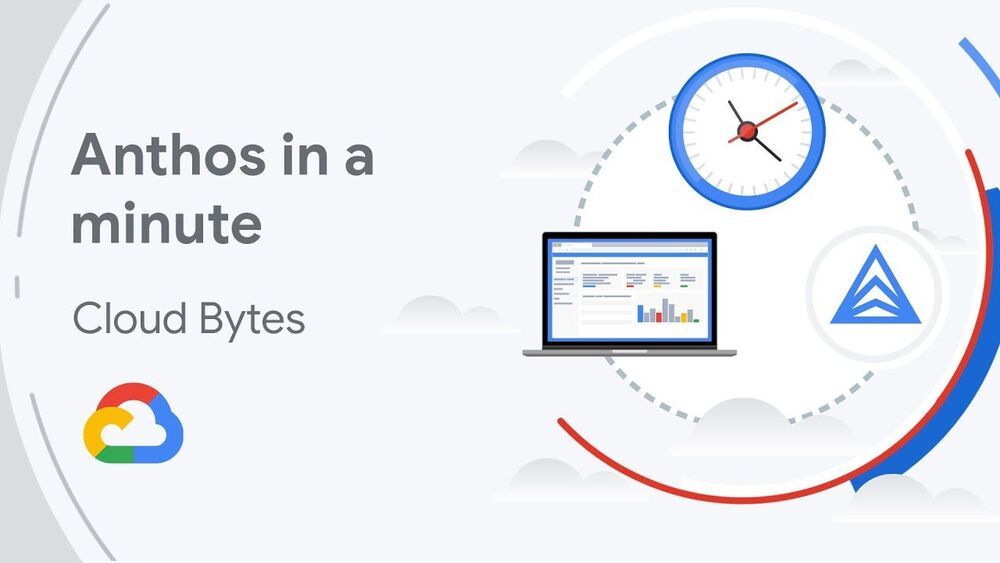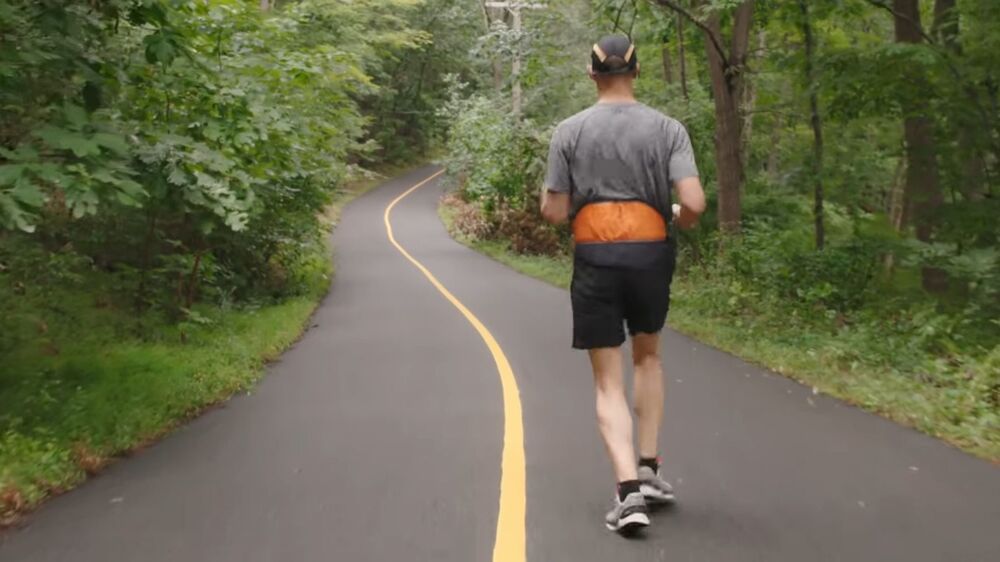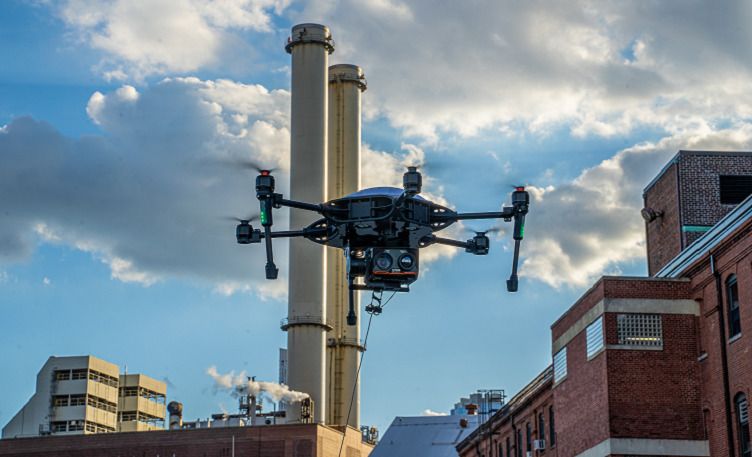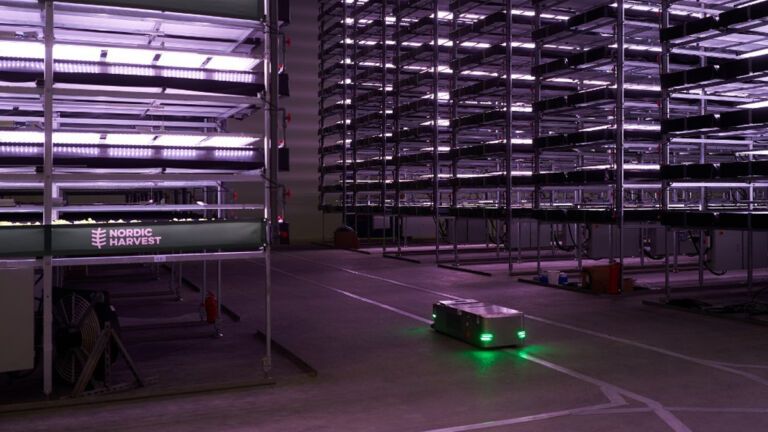
The idea that mass extinctions allow many new types of species to evolve is a central concept in evolution, but a new study using artificial intelligence to examine the fossil record finds this is rarely true, and there must be another explanation.
Charles Darwin’s landmark opus, On the Origin of the Species, ends with a beautiful summary of his theory of evolution, “There is a grandeur in this view of life, with its several powers, having been originally breathed into a few forms or into one; and that, whilst this planet has gone cycling on according to the fixed law of gravity, from so simple a beginning endless forms most beautiful and most wonderful have been, and are being, evolved.”
In fact, scientists now know that most species that have ever existed are extinct. This extinction of species has on the whole been roughly balanced by the origination of new ones over Earth’s history, with a few major temporary imbalances scientists call mass extinction events. Scientists have long believed that mass extinctions create productive periods of species evolution, or “radiations,” a model called “creative destruction.” A new study led by scientists affiliated with the Earth-Life Science Institute (ELSI) at Tokyo Institute of Technology used machine learning to examine the co-occurrence of fossil species and found that radiations and extinctions are rarely connected, and thus mass extinctions likely rarely cause radiations of a comparable scale.

















